BT Openreach Publishes First UK Dark Fibre Reference Offer for ISPs
Openreach (BT) has today published the first Draft Reference Offer for their new Dark Fibre Access (DFA) product, which is designed to give rival ISPs “physical access” to the operator’s fibre optic cables (i.e. allowing them to “take direct control of the connection“).
Under this Passive Remedy rival ISPs would be allowed to install their own equipment at either end of the optical fibre within BT’s ducts, which Ofcom hopes will result in more market competition and may even help to speed-up the roll-out of new broadband services around the UK (e.g. adding backhaul capacity to support their networks).
The new product was demanded by the regulator as part of their recent 2016 Business Connectivity Review (here and here). However the move also marks a dramatic reversal from their position during the last review in 2012, when Ofcom warned that such a solution could “carry significant risks of worse outcomes, both for consumers and for effective competition, including adding costs and encouraging inefficient entry.”
Never the less the new DFA product is due to be introduced on 1st October 2017 and as part of that Openreach has now published the first Draft Reference Offer. The service itself will be available on a national basis in the regulated areas, which includes the whole of the UK with the “exception of Hull, Central London, Core routes and Data Centres“.
The most important documents to read (for those interested) are the Draft DFA Handbook and DFA Pricing, although all of the details are still subject to change.
DFA Service
Openreach Dark Fibre Access service offers an uncontended, unmonitored, unlit optical path over an end to end radial distance of up to 45km and a maximum route distance of 86km between two sites. This will be a passive service and no equipment will be provided to light the fibre provide, hence the reference to ‘dark fibre’ in the product title.
DFA Product options
The service will be available with two variants, Standard and Local Access options, with both being able to be ordered as either a single fibre or fibre pair option, so depending on the overall active solution that customers are planning to operate they can choose the product variant that best suits their needs.
The early prices listed for connection, rental and mainlink are currently merely ILLUSTRATIONS based on the prices for Openreach’s 1Gbps Ethernet Access Direct (EAD) variants, which are in effect as at 1st September 2016, and the adjustments to these prices using the guidance provided by Ofcom in their business connectivity review.
For example, the one-off DFA connection prices range from around £2,000 to £3,500 +vat and meanwhile rentals run from around £2,000 to £5,000 per year. At this point the documents have only been online for a short time and so most of the relevant ISPs are currently unable to provide us with their thoughts. A final reference offer is due to be published by December 2016.
Ofcom had previously been concerned that BT could “charge excessive prices for dark fibre“, which they said might limit take-up and “lead to distortion in downstream competition“, and so they proposed that the dark fibre remedy should be subject to a charge control (i.e. keep its price low). But by offering Dark Fibre on the cheap the regulator could risk harming BT and some of its rivals in the same market.
Unsurprisingly BT believes that the solution is a “flawed piece of regulation that introduces an unnecessary layer of complexity and will deter others from building their own fibre networks” and they’ve got support for that position from other core infrastructure builders, such as Virgin Media, Cityfibre and Zayo.
Cityfibre are even in the process of challenging Ofcom through the Competition Appeals Tribunal (here), but for now Openreach has no choice and must continue the development of their DFA solution.
It’s important not to confuse all this with Ofcom’s other wholesale Duct and Pole Access (DPA) remedy, which will give rivals access to use BT’s (Openreach) underground cable ducts and telegraph poles (i.e. two different sides of the same coin). Cityfibre and others welcome DPA, even if a few of them have had trouble making use of it (here).
Mark is a professional technology writer, IT consultant and computer engineer from Dorset (England), he also founded ISPreview in 1999 and enjoys analysing the latest telecoms and broadband developments. Find me on X (Twitter), Mastodon, Facebook and Linkedin.
« More Northamptonshire Businesses to Get 100Mbps Fibre Broadband
UK Business ISP Timico Appoints Ben Marnham as its New CEO »
Latest UK ISP News
- FTTP (5528)
- BT (3518)
- Politics (2541)
- Openreach (2298)
- Business (2265)
- Building Digital UK (2246)
- FTTC (2044)
- Mobile Broadband (1975)
- Statistics (1789)
- 4G (1666)
- Virgin Media (1621)
- Ofcom Regulation (1464)
- Fibre Optic (1396)
- Wireless Internet (1390)
- FTTH (1382)


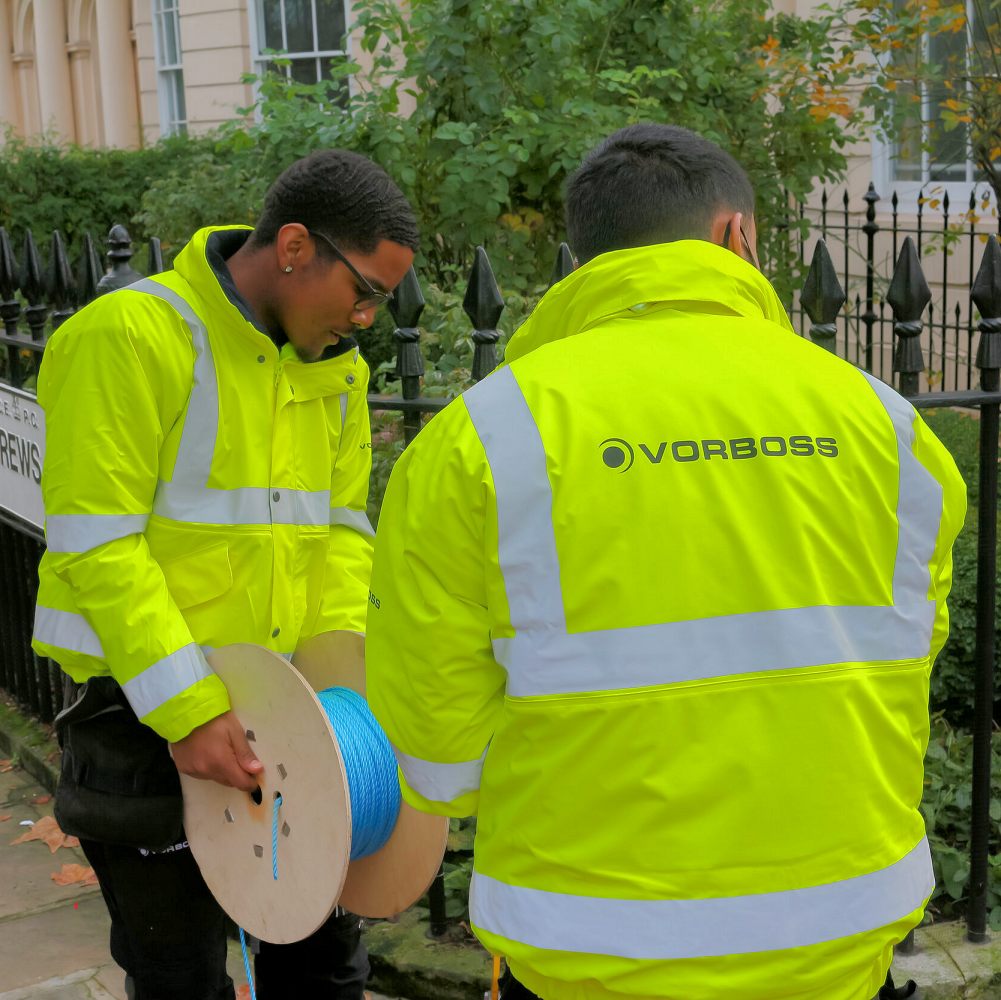





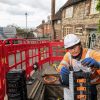









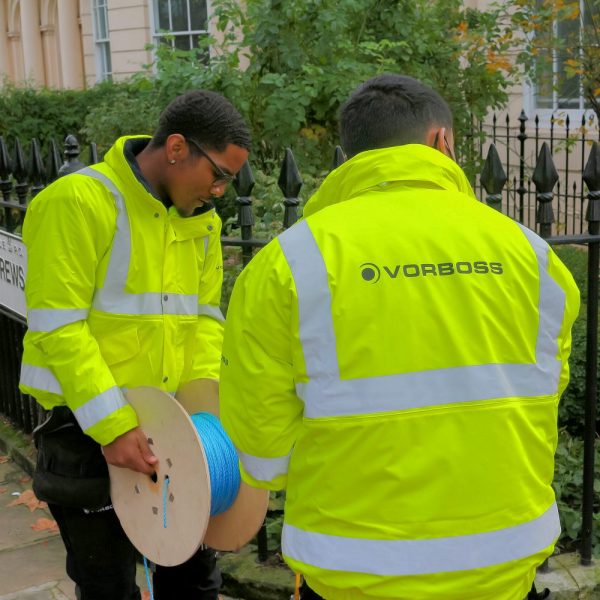
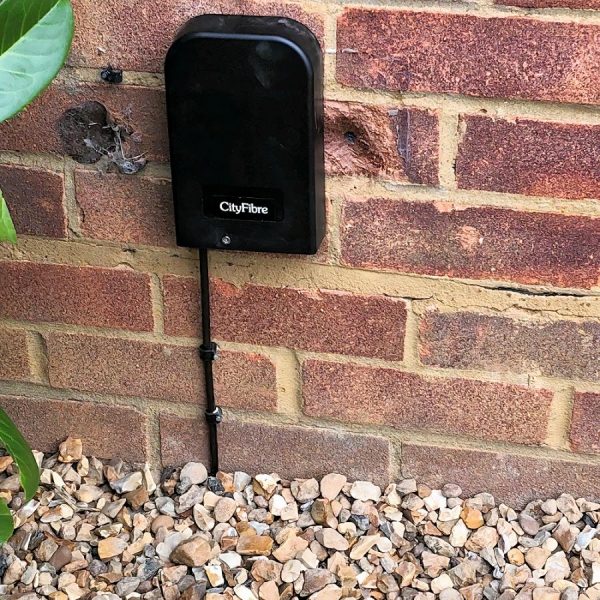
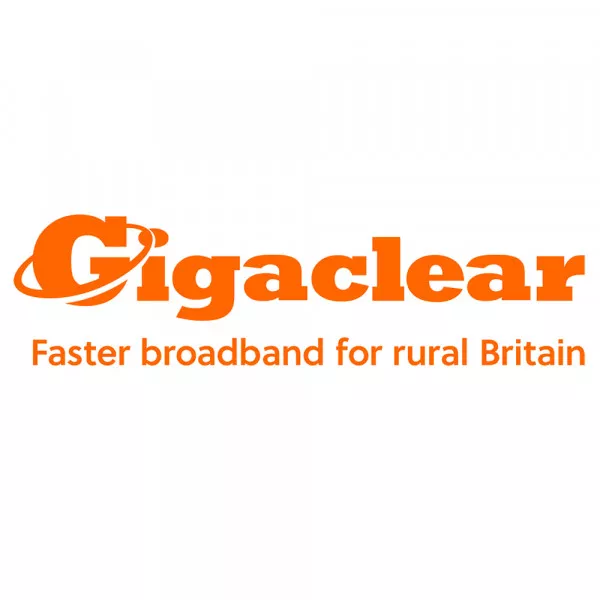






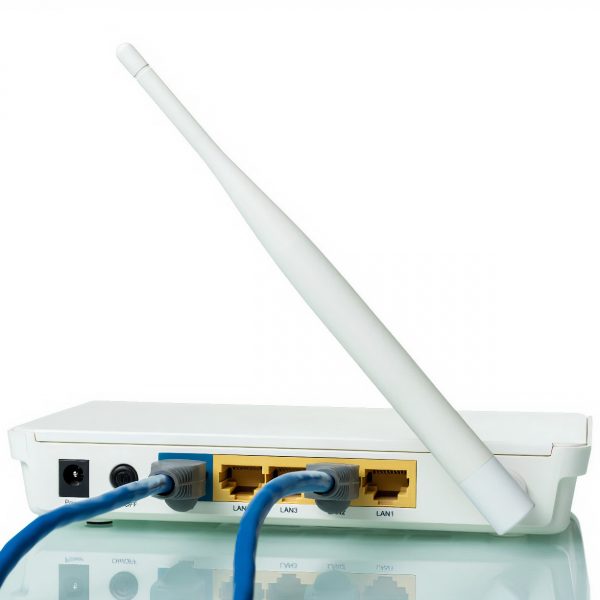
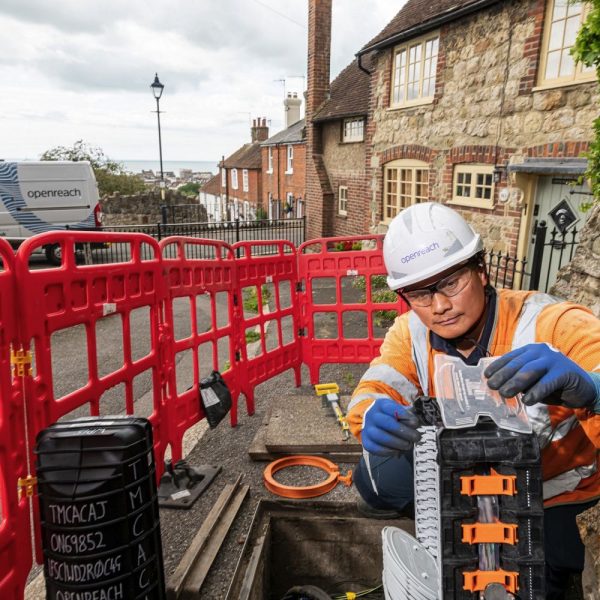

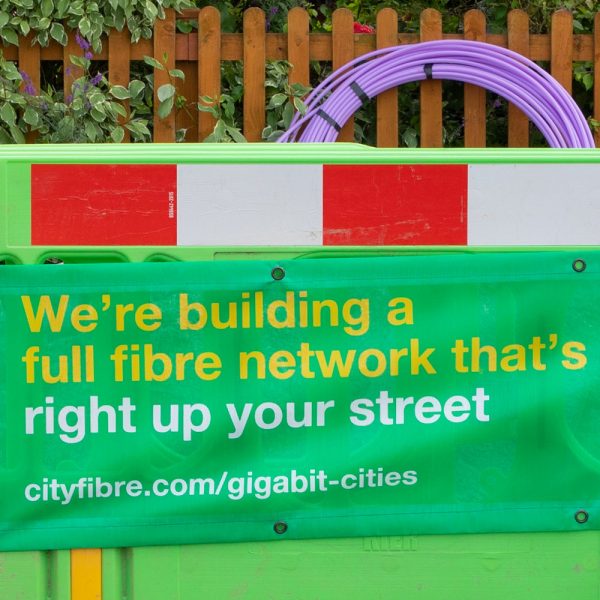

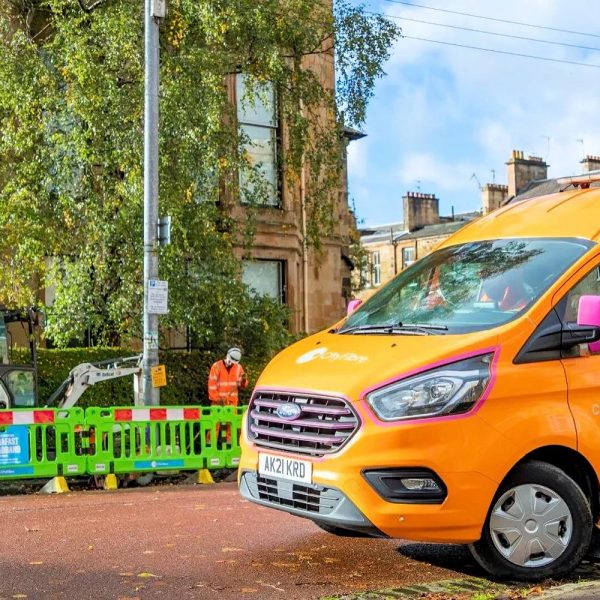













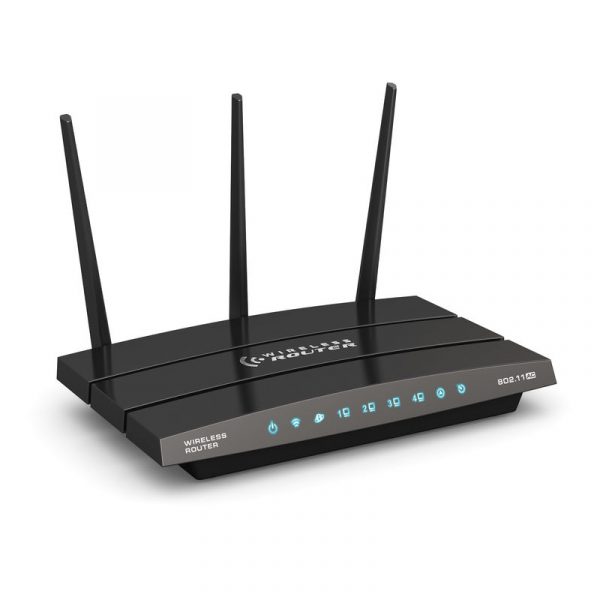






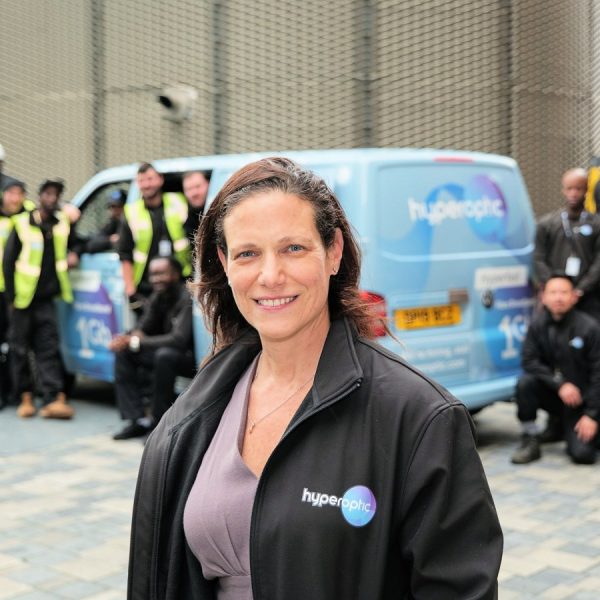
Comments are closed